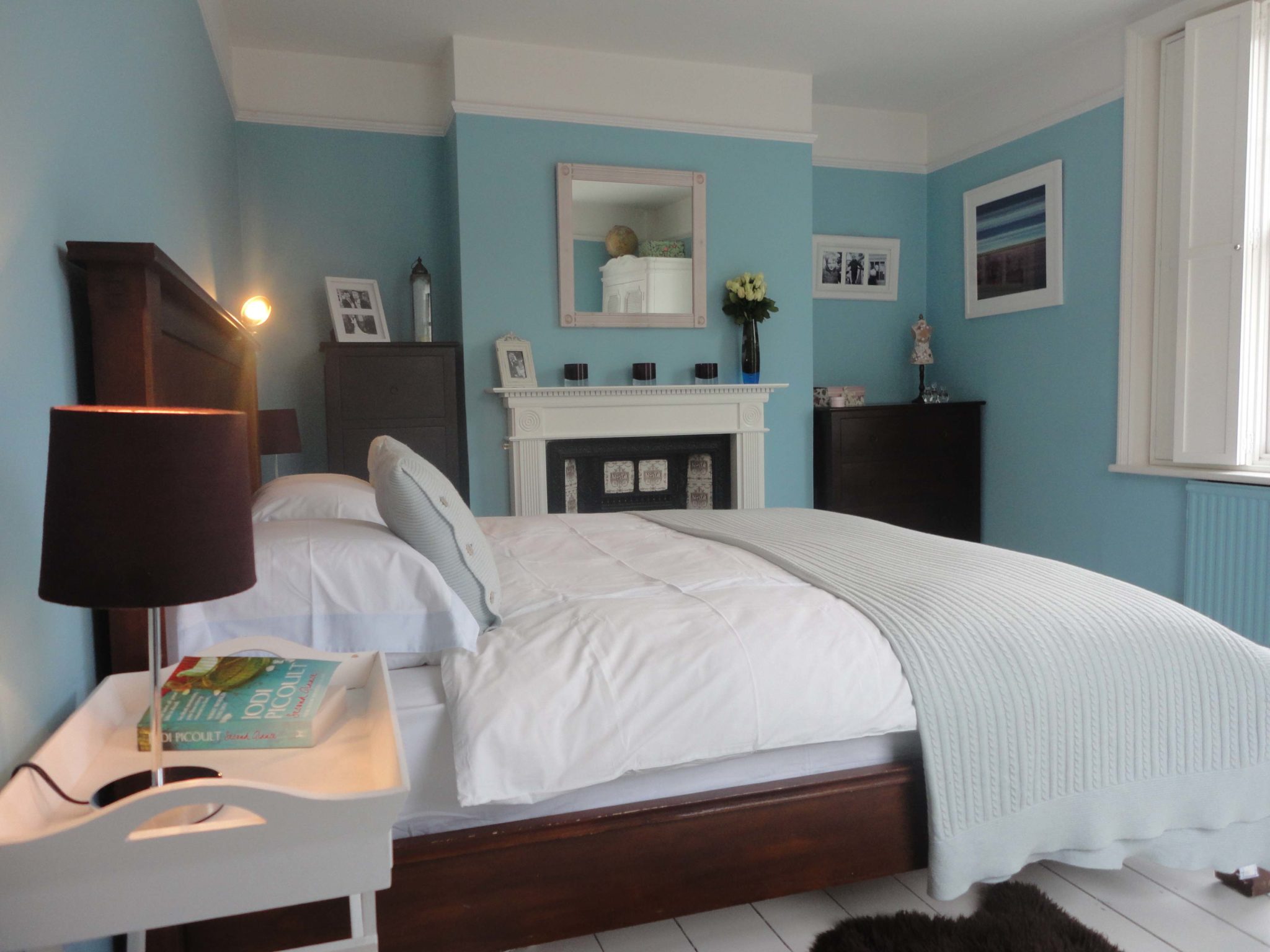
13 May Top tips from a specialist Georgian Interior Designer
Being an specialist Georgian interior designer based in Bath, here are the most commonly asked questions we get to help troubleshoot some standard Georgian interior design questions. Hopefully it will give you some top tips in how best to reinvigorate the interiors of your Georgian home.
How can you make the most out of a small space?
De-clutter, think about how you use the space and what you need in it, then think about what things you get most pleasure from. Anything that doesn’t fit this bill and is simply getting in the way or gathering dust – ditch or relocate it elsewhere. Then measure up the main pieces of furniture and the overall room size and plot it out on some squared paper, taking one square per foot or meter. Draw the room size out a number of times so that you can try different arrangements to see what layout works the best.
Don’t forget to think about how you use the height of a room especially in Georgian houses. Storage in particular needs planning and utilising the full height of a room can be very effective, like the bathroom image here.
It’s all about respecting the proportions of the room, if you can maintain the proportions then the space will work, that includes selecting furniture that is in proportion to the room, like this small sofa for a small corner area below.
In theory light colours are best in a small space, however this depends on the function of the room. Some of the smallest spaces, like a powder room can be really effective in deep, rich colours that give warmth and impact. Another place that dark colours can work well in small spaces would be a library where you want to be pensive and reflective and to feel immersed in what you are reading.
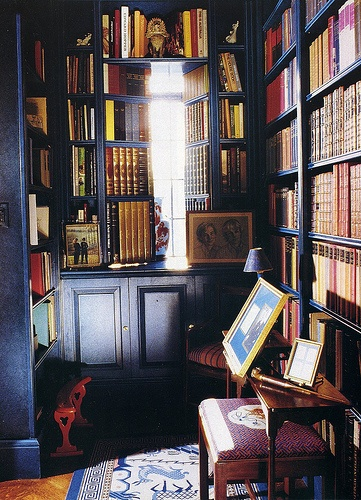
Using horizontal stripes or tiling on the walls of a small space will also help to create an illusion of space.
How can I use dark colours without making a room feel claustrophobic?
Dark colours on walls can be used to great effect when balanced with a contrast on the woodwork. A dark blue might be balanced by a crisp white like this classy room.
If its not the woodwork then use contrasting accents in furniture and soft furnishings to lift the feel of the space.
Effective lighting is essential in any room but combined with dark colours it can be particularly atmospheric if you get it right. Choose a combination of ambient and task lighting and make sure you have the ability to change the settings of each according to the time of day and mood you wish to create.
How best can I use coloured lighting, especially in a Georgian home?
In a Georgian home the use of colour lighting needs a great deal of thought. It is more suited to contemporary spaces like swimming pools or areas used for parties and entertaining. The best way to design this is to have it as an option that can be utilised in the appropriate situations.
Kitchens can be a great place to add a touch of coloured lighting like these glass shelves which are lit from behind using coloured LED lighting.
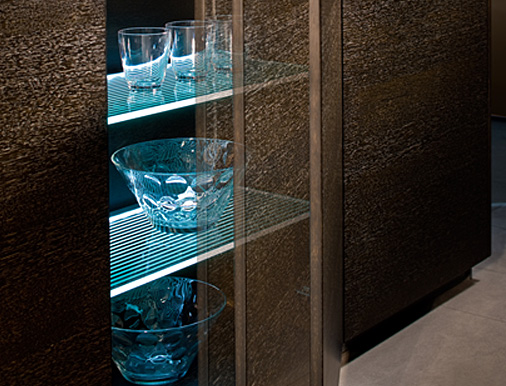
Alcove lighting can create a coloured wash on your ceilings.
I want to change the look of a room without buying all new furniture, what could I do?
Look at the other aspects to your interior that may be easier and less costly to change, like the layout, colour of the walls, maybe even the lighting – a simple change of shade on a pendant or some new table lamps can make a dramatic difference. It’s also worth looking at re-upholstery as an option on some items of your furniture to give them a new lease of life. Soft furnishings are another great way to perk up an interior. Re-cover your cushions, buy a luxurious throw and get co-ordinated accessories such as candles, all carrying a bold new accent colour that compliments your original colour scheme.
Where can I find the most stylish storage solutions?
Of course this is a matter of personal taste and budget. However, the best solutions are undoubtedly custom built, fitted furniture for your home. There are lots of suppliers who do this. Bath Bespoke build bespoke furniture for lounges libraries, bedrooms and home cinemas in a variety of styles and finishes.
Bespoke and custom made classic furniture from Arthur Brett is beautifully crafted to museum quality.
Clive Christian make everything from kitchens to wardrobes and libraries.
What are the differences between traditional, contemporary and classic revisited style?
Traditional styles are based closely on styles that have been popular throughout the last 150+ years at least up to the Victorian and Edwardian era. The term contemporary would be attributed to the most up to date styles from the last five years. Classic revisited style is a term used to describe a new take on a classic. For example this French chaise upholstered in a contemporary patchwork by www.squintlimited.com
Or Made’s (www.made.com) Kubrick chair which was inspired by the Egg Chair by Arne Jacobsen for Fritz Hansen
Classic: ‘Egg’ chair by Arne Jacobsen for Fritz Hansen (skandium.com)
How can I best mix different wood tones?
There are no hard and fast rules on mixing wood tones and its certainly fair to say that a room has a much more eclectic and interesting feel when more than one wood tone or finish is used. Generally I’d suggest that your main furniture pieces are in the same wood with secondary elements like side tables, mirrors and other accessories in complimentary or contrasting tones. In this bedroom I designed the dark mahogany wood tone contrasts crisply with the white painted pieces and floorboards and work with the white shutters beautifully.
Make sure that the different wood tones used are spread throughout the room in a balanced way, not all grouped together on different sides of the room.
What paint finish do I use on which surface?
Walls & Ceilings
Vinyl Matt Emulsion; emulsion gives a matt, non-shiny finish that is good for not showing small imperfections on the wall or ceiling. (The shinier finishes reflect back more light and highlight any imperfections). Generally speaking, however, it does not wear as well as the glossier emulsions.
Vinyl Satin Emulsion; emulsion gives a subtle soft-sheen finish and is a more durable surface than vinyl matt. It is suitable for areas that might need to be occasionally lightly washed or sponged.
Vinyl Silk Emulsion; emulsion gives a high sheen finish and is the most durable of all the emulsion paints. It is good for rooms that are subject to a lot of moisture i.e. condensation. Some manufactures make specific Kitchen & Bathroom paint which is ideal for areas of high humidity.
However for sympathetic decorating of historic and period properties companies like Farrow & Ball produce traditional finishes made with natural ingredients so meeting current regulations.
Soft Distemper; A simple, traditional distemper bound with natural resins to create a very flat and exquisitely powdery finish. It allows ceilings to breathe and can also be used on fine plasterwork to enhance detailing. Available in all off-whites only. Minimal VOC content. Non-washable.
Casein Distemper; A wipeable, strengthened distemper with added casein. Suitable for interior plaster walls and ceilings, it has excellent coverage and breathes well. Low VOC content. Wipeable.
Limewash; A readily usable limewash suitable for use on walls and ceilings internally and externally. Available in white and selected colours. Minimal VOC content. Washable.
Woodwork
Gloss; A traditional high gloss finish, suitable for interior and exterior wood and metal surfaces. It can also be used to dramatic effect on walls and ceilings. Washable.
Satin; a smooth velvety shine, it reflects more light than eggshell but has less shine than a gloss finish. Washable.
Eggshell; Ideal for all interior woodwork and metal including radiators. Its low sheen level makes it very forgiving in hiding imperfections and its completely washable.
Flat Matt; Water based with a flat finish. Suitable for use on interior woodwork, plaster and metal surfaces where an exceptionally matt, elegant finish is required. Not suitable for use in kitchens and bathrooms.
What can I do to revamp old tiles without removing them?
If you don’t have the budget to completely retile an area, or are simply looking for an easy and low cost way to revamp your tiles, consider using tile paint. Tile paint is specifically designed to be used over tiles. Tile paint is a paint that has been designed for the specific purpose of decorating or changing the colour of any tiled surface, except for tiled floors. The paint can be used in the bathroom, kitchen or laundry and its use is not limited to the dry areas such as the tiles on the wall. It can also be used in the wet areas such as in the shower recess itself or on a splashback. If your tiles are more than just faded and carry some damage you can repair your tiles before applying the tile paint, for example, if your tiles are cracked or broken. This is because a water-based primer needs to be applied to the tiles first, before the tile paint. Of course, if you prefer, you can replace the tile with another tile of the same size, as the tile paint will not necessitate you needing to colour-match your existing tiles. For the best finish I would suggest using a professional decorator although it is possible to paint the tiles yourself as no specialised knowledge is needed. Essentially, all you need to do is clean the tiles well, prime the tiles, and then paint them. The finishing touch is a grout pen to replicate the look of fresh, clean grout lines.
What is the most cost effective way of sourcing vintage fittings and fixtures?
The internet is definitely the best tool, with eBay and similar sites making it possible to find all manner of vintage pieces for great prices. There are also a great many salvage businesses that you can find out about on the web and then may need to visit.
If you’d like help from a specialist Georgian Interior Designer, please contact Etons of Bath on 01225 639002, the UK’s only specialist Georgian interior design practice.




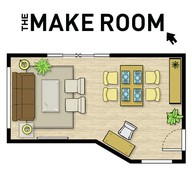
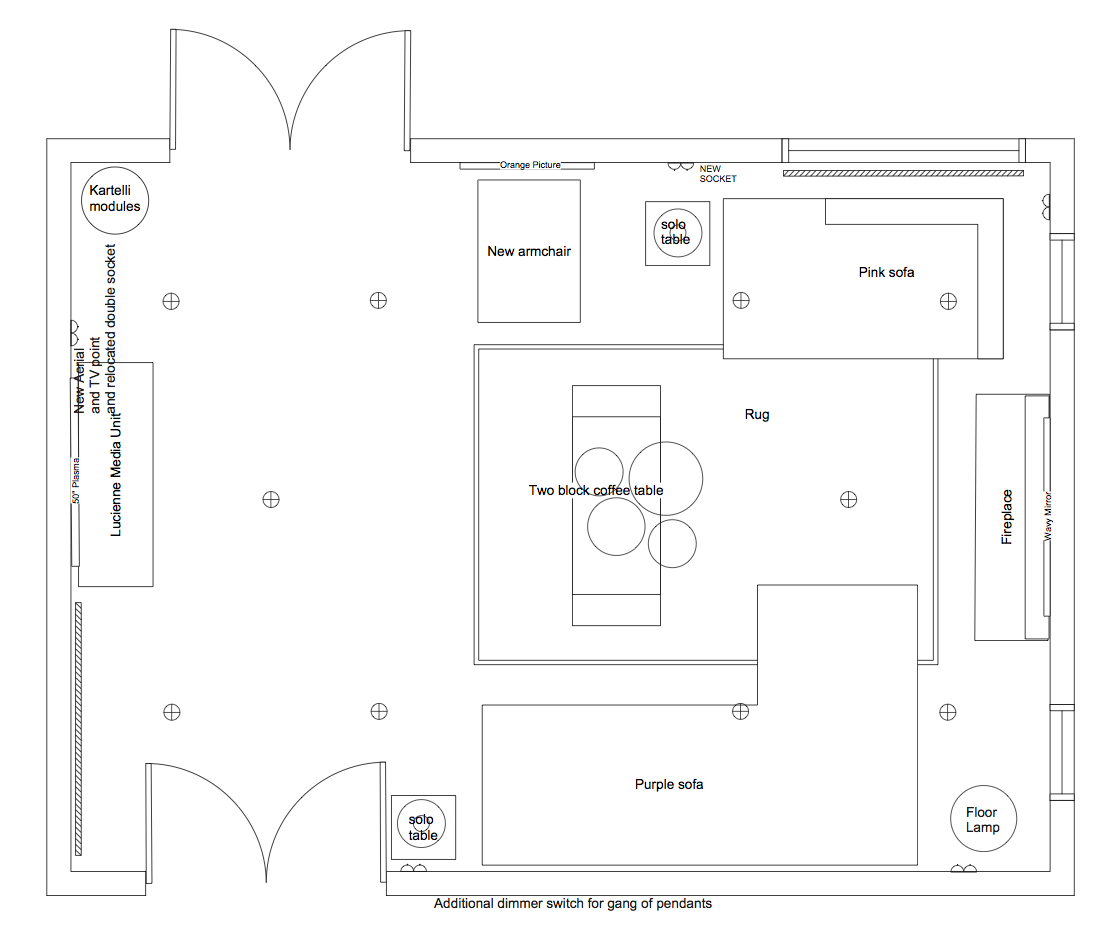

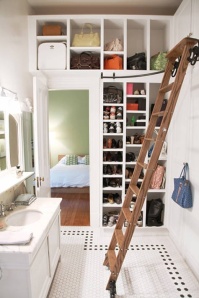

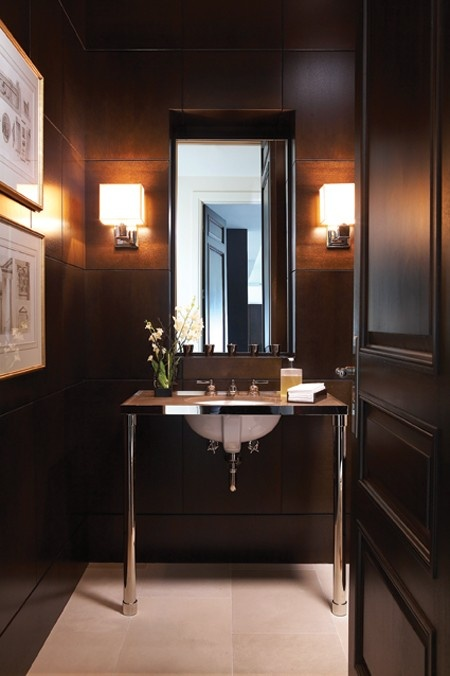

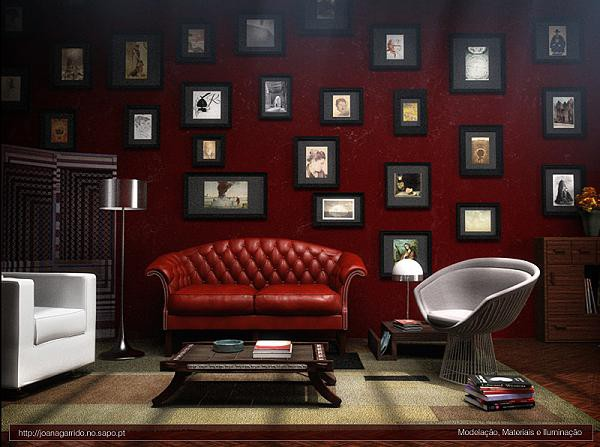
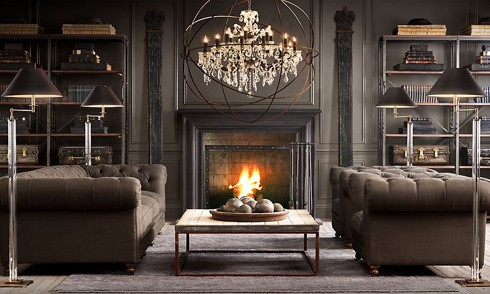
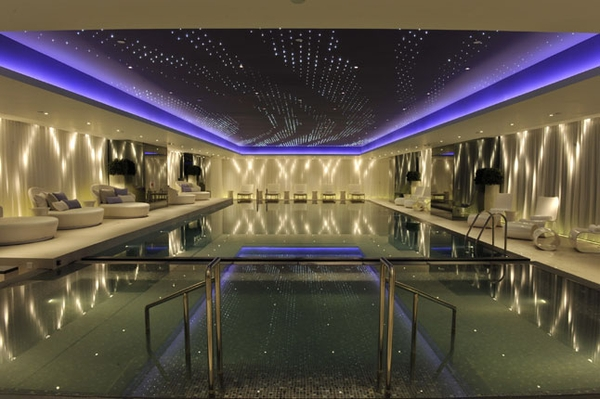
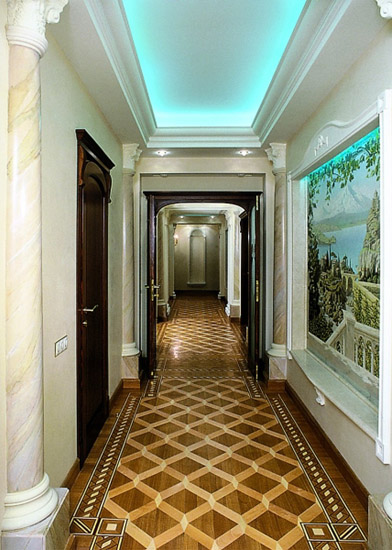
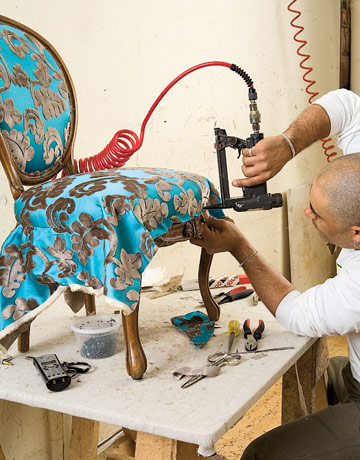
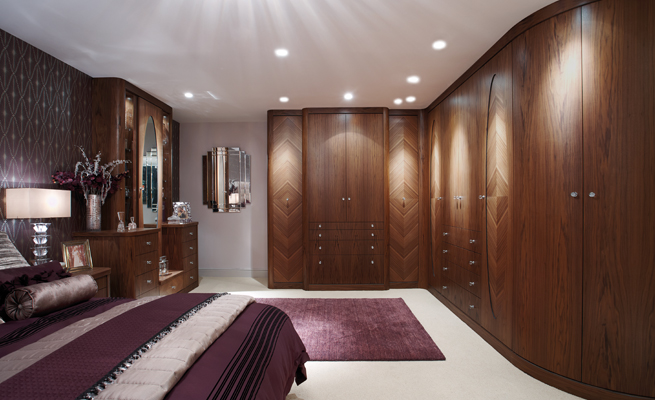
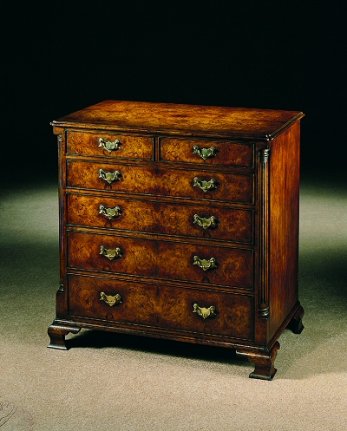
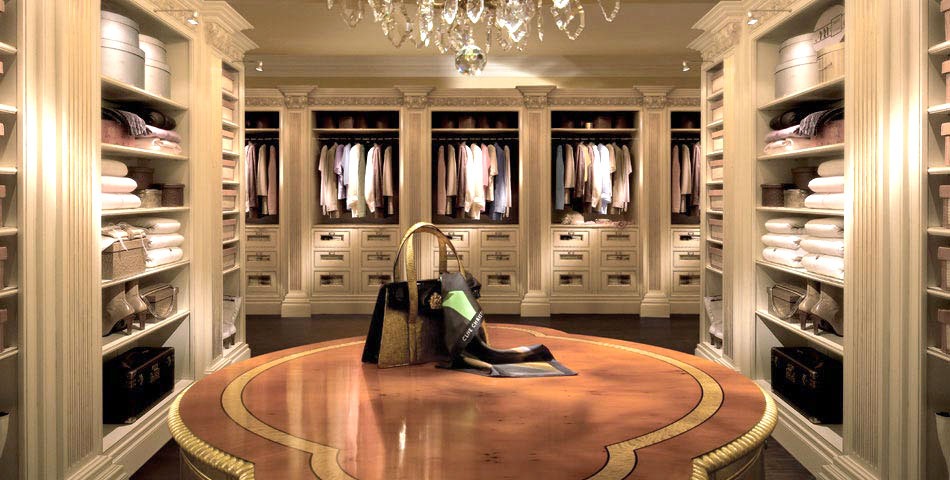
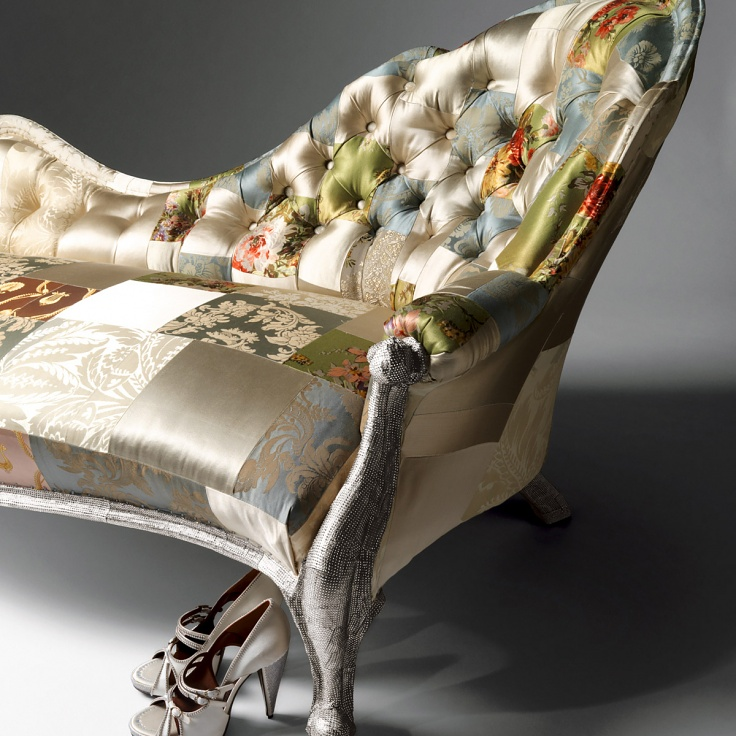
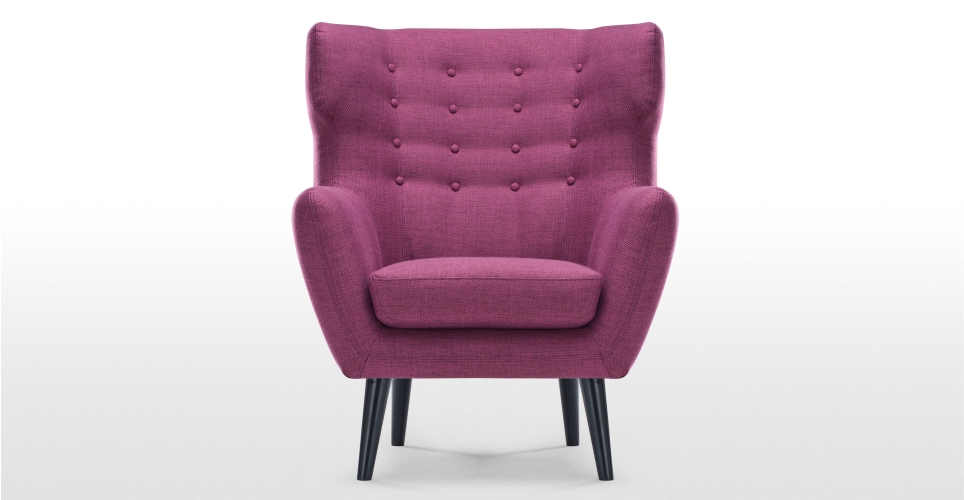

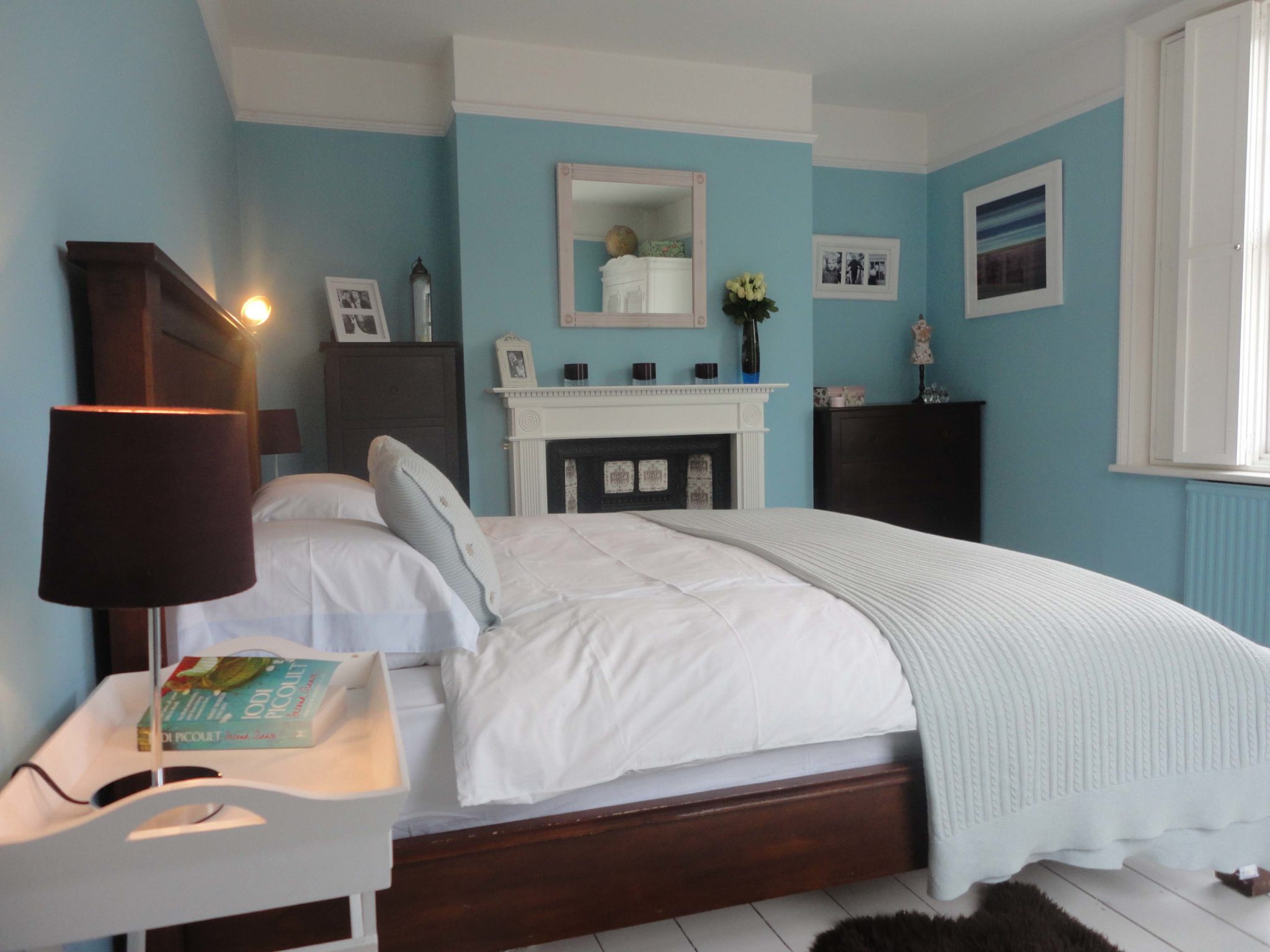
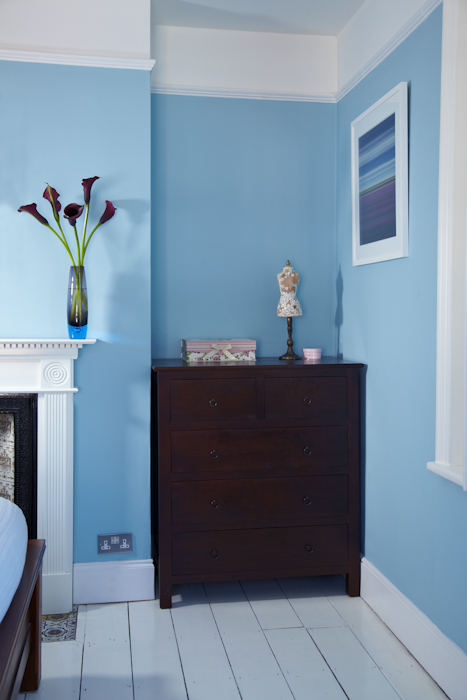
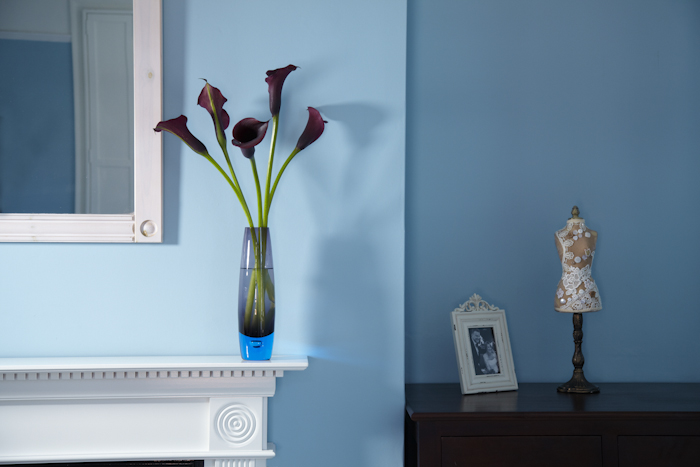
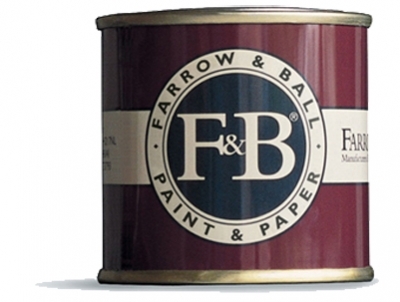
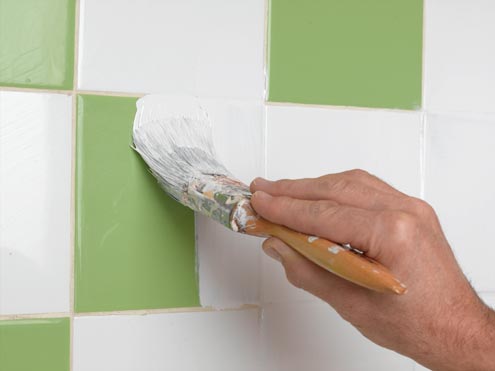
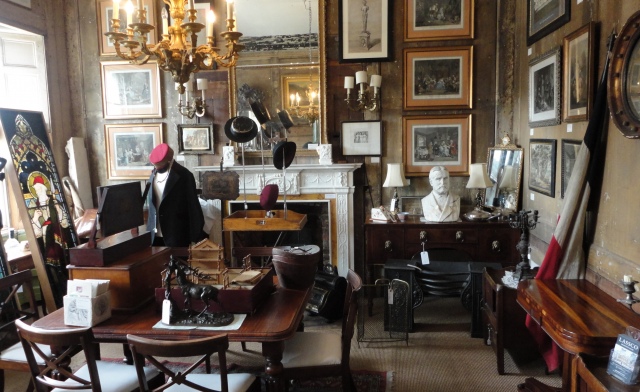
No Comments